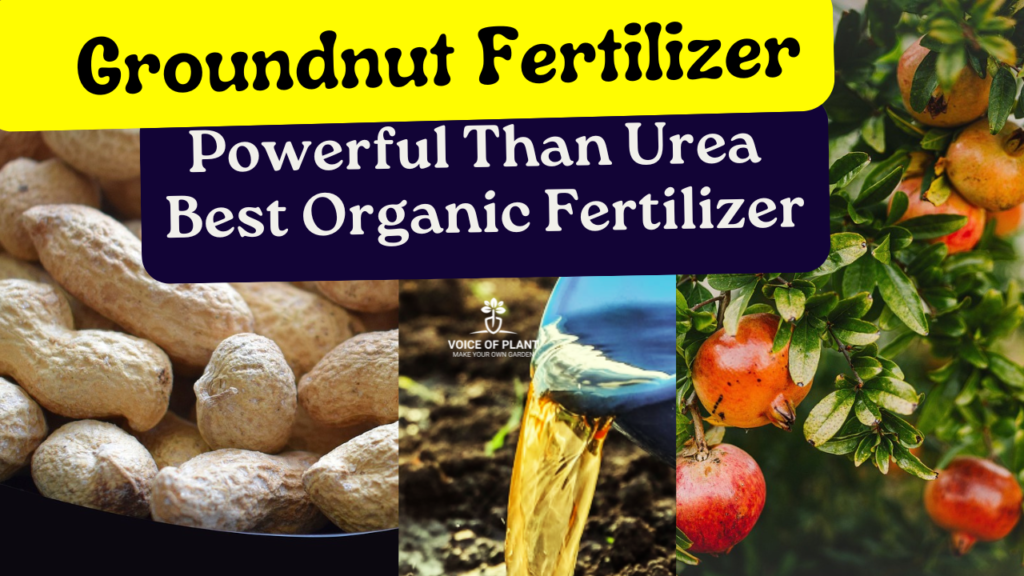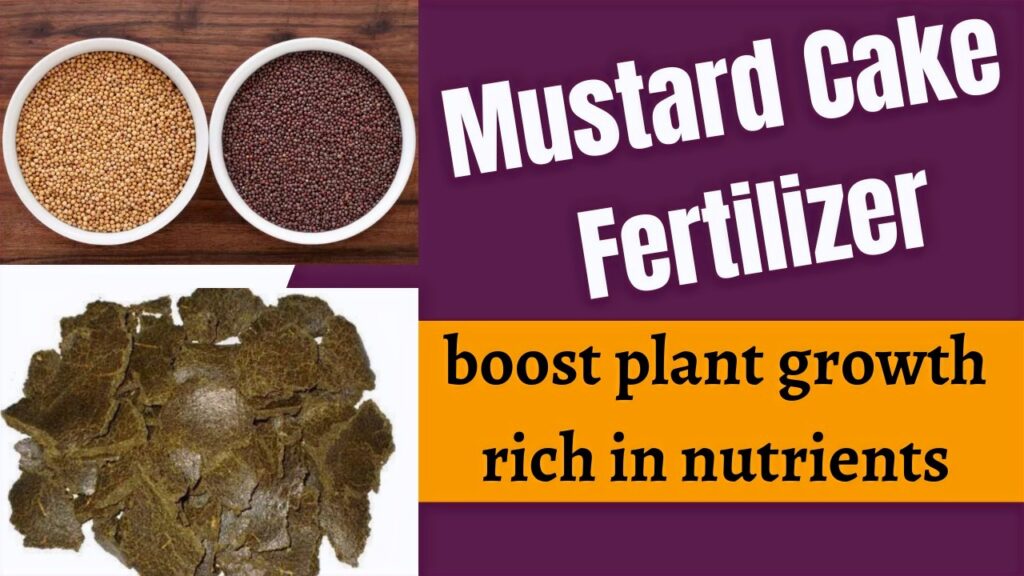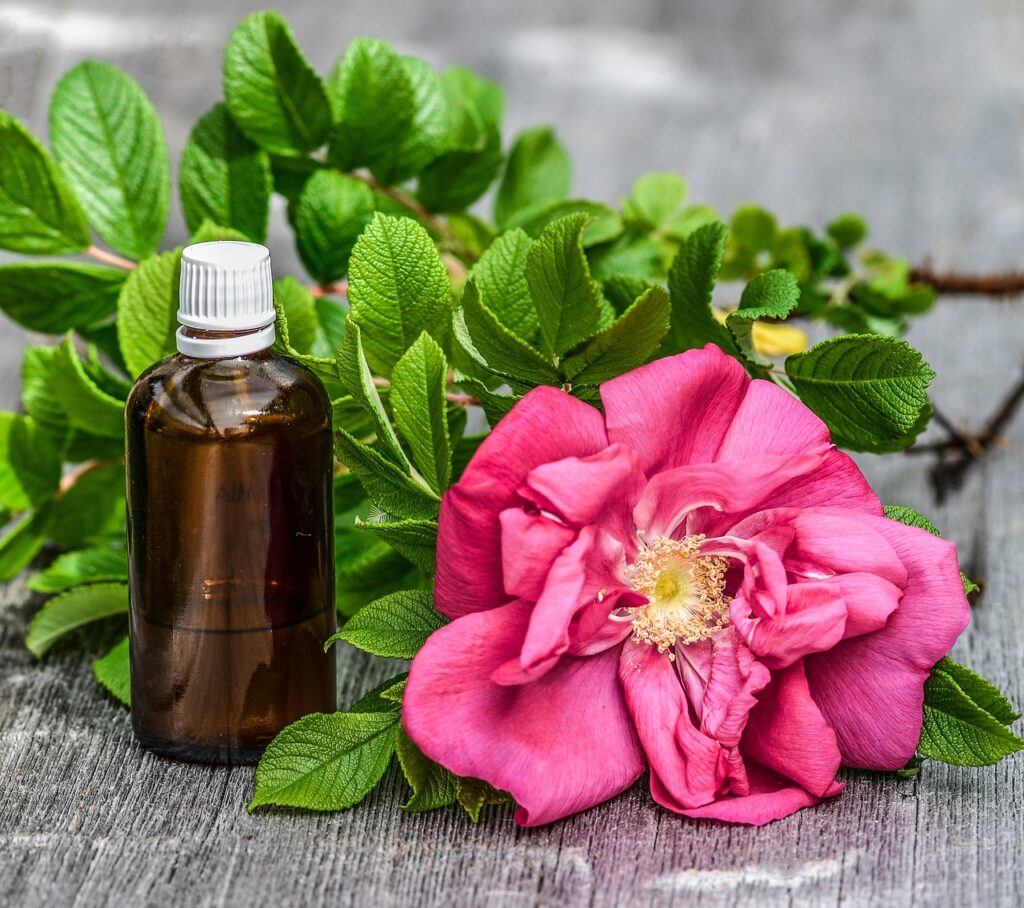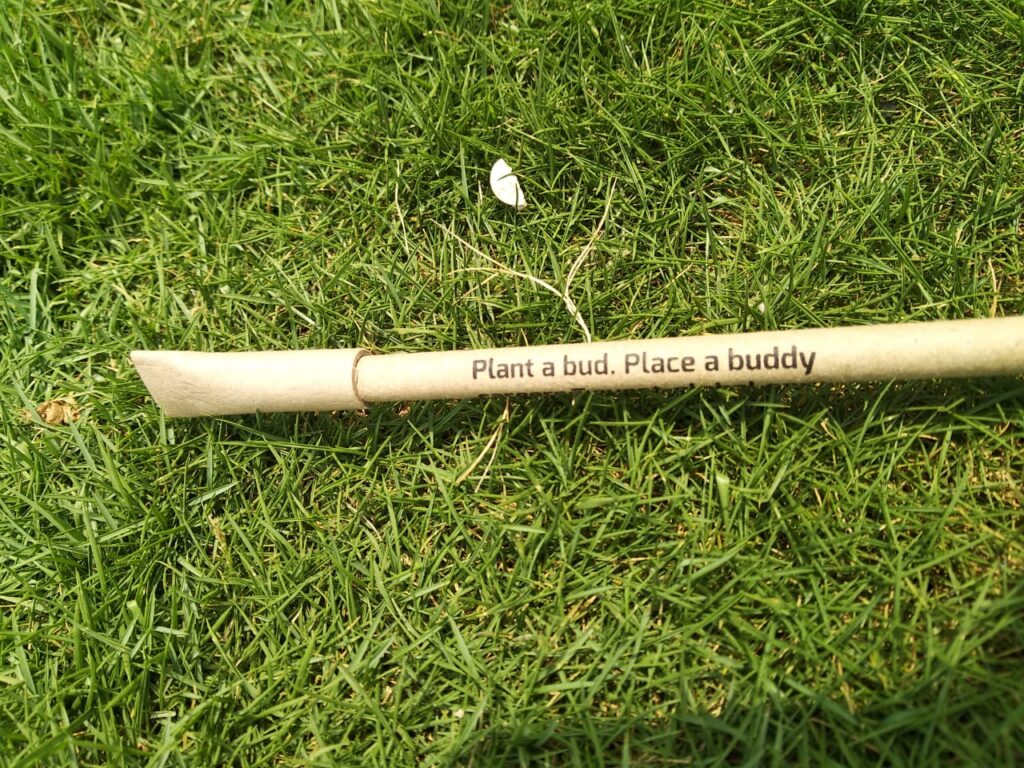Groundnut Fertilizer for Plants
What is Groundnut Organic Fertilizer?
Groundnut cake is an organic fertilizer derived from the byproduct of the groundnut oil extraction process. During the extraction of cooking oil from groundnuts using machines, the residual cake is obtained. This cake, free from any chemicals, serves as an excellent organic fertilizer, enriched with nutrients beneficial for plant growth.

The composition of groundnut cake includes essential elements such as nitrogen (N), phosphorus (P), and potassium (K), commonly referred to as NPK, along with fibers and proteins. It is important to note that groundnut cake lacks certain micronutrients.
Nutritional value of Groundnut Cake:
- Nitrogen: 7.3
- Phosphorous: 3
- Potassium: 2.2
By incorporating groundnut cake into soil, gardeners and farmers can provide plants with a natural and organic source of nutrients, promoting healthy and robust growth.
Benefits of Groundnut Fertilizer

When applied at the appropriate time, groundnut cake significantly enhances overall plant growth, stimulating the development of new leaves and branches. This organic fertilizer, enriched with nitrogen, effectively addresses the problem of yellowing leaves in plants, providing a valuable solution when leaf discoloration occurs. Furthermore, groundnut cake expedites the process of photosynthesis in plants, contributing to a more vibrant and lush garden.
In essence, it is a potent fertilizer with essential NPK components that visibly improves the overall health and growth of plants.
Groundnut Fertilizer: Strongest Fertilizer for Plants
1. Where to obtain Groundnut Fertilizer
Groundnut cake can be easily obtained from nearby factories where the extraction of ground oil takes place.
- Additionally, it is readily available online, with approximately Rs 300 per kilogram.
2. Process of Applying Groundnut Cake to Plants:
Groundnut cake can be incorporated into plant care through three methods:
1. Soil Mixture Addition:
- Grind the obtained groundnut cake pieces into a fine powder using a mortar.

adding groundnut cake fertilizer in soi-mix - Mix this powder into a prepared soil mixture, adding a handful of the fertilizer powder to approximately 5 kg of the soil blend.
2. Adding in Pot Soil:
- When preparing soil mixtures repeatedly is not feasible due to time constraints, directly add groundnut cake powder to the pot soil.

adding in pot soil – groundnut cake fertilizer - For a 12-inch pot used for a plant, incorporate 2 tablespoons of groundnut cake powder.
- Ensure that you loosen the soil before adding the powder, then water the plant after application.
3. Making Liquid Fertilizer:
- Dilute approximately 100 grams of groundnut cake in 4-4.5 liters of water to create a liquid tonic. This quantity is suitable for approximately 300 plants.
- Be vigilant for any insects in the cake that may emerge after dilution, and remove them.
- Keep the solution covered in an area with no direct sunlight exposure.
- Allow it to ferment for at least 2 days for the cake to dissolve properly in water. This process is best practiced during winter.
- If left for more than 4 days, it may attract insects and fungus, so it’s advisable to keep it for 2-3 days only.
- Dilute this tonic with a significant amount of water; for example, add 2 mugs of this solution to 40 liters of water.
- The final solution’s consistency should be very thin, not resembling a thick paste, as it is enriched with a large quantity of nitrogen and has a warm nature that could potentially harm the plant.

Note:
- For a small garden with around 20 plants, take 2 small pieces of groundnut cake, dissolve them in 1 liter of water, and allow the mixture to dissolve for 2 days.
- After 2-3 days, dilute it with 8-10 times the amount of water before applying it to the plants.
The efficiency of the liquid tonic in boosting the growth of plants is much higher compared to the first two methods.
Precautions to take while using Groundnut Cake Fertilizer:
1. Temperature Considerations:
- Avoid using this fertilizer in hot weather with temperatures above 30-32°C, as it can warm the soil and potentially harm the roots, causing them to burn.
2. Plant Compatibility:
- While suitable for all types of plants, including outdoor, indoor, flowering, or fruiting plants, refrain from using it on decorative succulents.
3. Timing of Application:
- In cold weather, apply the fertilizer at any time of the day. As temperatures rise, especially in March, administer the fertilizer during the coolest parts of the day, such as early morning or evening after sunset.
4. Soil Moisture:
- Ensure that the soil is neither too dry nor too wet before application.
- If the soil is dry, moisten it with water before adding the fertilizer. If the soil is too wet, adding fertilizer may lead to fungus growth and root rot. Maintain consistently moist soil.
5. Application Method:
- Feed the plant with the well-diluted solution until it starts draining out from the bottom hole of the pot.
- The diluted solution should not have adverse effects on the plant at this point.
6. Application Cycle for Different Plants:
- For leafy outdoor plants (e.g., tulsi, curry patta, and coriander), administer the fertilizer once a month.
- Avoid using other potent fertilizers during the application month.
- For heavy feeder plants (e.g., hibiscus and lemon), apply the fertilizer every 20 days.
- Avoid using the fertilizer during flowering and fruiting stages.
7. Specific Application Situations:
- Apply the fertilizer when the plant becomes nutrient-deficient, showing yellowing leaves after growing numerous branches and flowers.
- After hard pruning, wait for 15 days before applying the liquid fertilizer to stimulate new branch growth and enhance overall plant health.
8. Seedlings and Micronutrients:
- Never feed this fertilizer to seedlings.
- If necessary, provide micronutrients instead.
9. Compatibility and Neem Oil:
- Do not mix this fertilizer with any other and avoid applying additional fertilizers for at least 15 days after use.
- Neem oil can be sprayed while using this fertilizer.
10. Application Method:
- Never use this fertilizer as a foliar spray; always apply it through the soil.
- Prepare the required quantity as it cannot be stored due to the risk of attracting fungus and insects.








